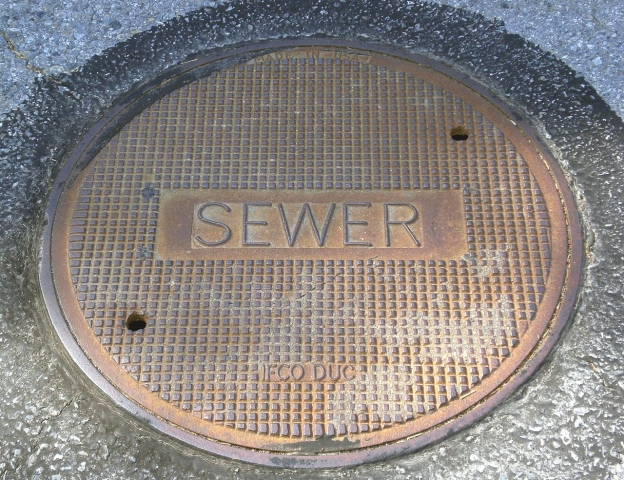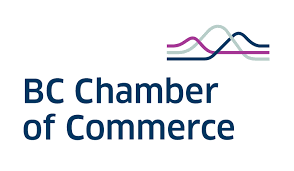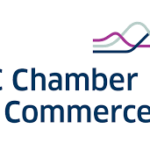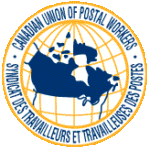ANALYSIS: Questioning provisions of the new Liquid Waste Management Agreement
Rossland Council has recently agreed to a 4% increase to its Liquid Waste Management (LWM) O&M contribution and has also gone forward with a new set of terms for participating in the LWM system.
The LWM agreement offers all three participants – Rossland, Warfield, Trail – an opportunity to create a system in which Fair-Cost apportionment, based upon accurate flow data, is the basis on which participants pay; in which incentives are provided for reduced sanitary discharge volumes; in which a reduction to I&I becomes mandatory to eliminate storm flows in the sanitary system; and in which minimal redundancies to the treatment plant’s capacities and costs to participants are achieved.
However, the LWM Minutes of Settlement and Bylaw-based contract leave numerous features of an inter-municipal utility agreement unaddressed. These gaps facilitate distortions to the LWM’s O&M costs and pose financial risks to Rossland’s residents. The following concerns have been highlighted for Rossland Council’s consideration:
1) Stranded Investment
Has the City risked stranding its Investments in water metering, water conservation, I&I reduction and reduced sanitary discharge?
By providing water meters to all residents, the city has invested some $300 000 just in meter purchases and distribution. The city has also paid for individual inspections by the city’s plumber at each residence and by administering the program. The water metering investment alone likely stands at $500 000, plus the investments by individual households to install physically install the meter.
The City has also invested some $1.3 million in its downtown core alone to reduce I&I — Inflow and Infiltration. Inflow is the practice of running a storm lead into a sanitary service line and Infiltration is leaky sanitary pipes/manholes which absorb storm/ground water.
All told, Rossland citizens’ administrative and installation investment in water metering and I&I reduction exceeds $2 million. Add to that earlier low-flush toilets rebate program, with the intent to minimize both sanitary discharge and water consumption, along with participation in CBT’s Water Smart Ambassador program. In 2011- 2012 Rossland has also completed two extensive studies on water demand and water source protection, long with a capital costing program covering water upgrades, spending some $120 000 to complete the three.
Why has this aggregate investment not been used as a legitimate leverage tool in negotiating the city’s percentage contribution?
Why has I&I reduction, identified in the LWMP reports as a major problem for the LWM system, not been cited for mandatory reduction in the other two participating municipalities in the new agreement which the city has signed?
Without new clauses to the agreement which address these issues, it appears that the city is now at risk of stranding its citizens’ investment.
2) Conflicting Water Management Practices
The new agreement does not emphasize or reward good performance by the three participants. There are no incentives to minimize sanitary flows. In fact, without any wording to address the existing flows, the risk is that maximum sanitary flows, co-mingled with I&I, will be tolerated. There is also risk of a general acceptance of I&I as a standard feature in the LWM system, which this agreement as written tends to formalize further.
Rossland’s percentage contribution therefore is going to be dedicated to I&I and maximum sanitary discharge volumes in both the short and long term. This is wasteful as the economic goal of the LWM system should be to treat minimal sanitary sewage discharge only, not sanitary discharge co-mingled with storm water or ground water. By not promoting improvements in the other two municipalities to ensure that both I&I and sanitary discharge volumes are minimized, there’s a wildcard influencing the LWM’s costs and forecasting of future capacity needs: the upgrades to the existing plant.
Additionally, neither of the other two municipalities are implementing water metering (to lead to reductions in treated potable water consumption and sanitary sewage discharge) or enforcing against I&I as Rossland has historically done.
Both the lack of attention to I&I and to water consumption reduction lead to O&M costs which are then at falsely high levels. Through these two gaps that are not addressed in this new agreement, Rossland is going to continue contributing to a higher O&M budget as the treatment plant is now handling higher volumes (due to I&I) than necessary.
This approach also runs against the Province’s (MOE’s) water stewardship guidelines which emphasize minimized environmental impacts from watershed source (consumption) to discharge points (LWM sanitary sewage) back into the environment.
Why instead is there not a graduated rate structure in which higher than a defined “normal” level of discharge volumes are charged at a higher rate for each participant?
Why should Rossland risk subsidizing the plant’s treatment of maximum sanitary flows, co-mingled with I&I, from the other two participants?
3) Subsidy Support to Internal Deficiencies in the LWM
The city has accepted a $100 000+ increase in the LWM O&M fee (by raising the city’s portional percentage contribution to the LWM annual O&M budget from 20.9% to 24.9%), even though Rossland’s investments in water conservation and I&I reduction have decreased its own sanitary flows. The nearly 30% reduction in water consumption (at the tap) along with infrastructure upgrades to reduce I&I have led to decreases in Rossland’s sanitary discharge into the LWM system. There’s reliable data to support this point. Why didn’t the city instead argue for a retention of the 20.9% contribution or better yet, for a reduction in the percentage contribution?
The LWM treatment plant treats about 275 000 – 300 000 cubic meters in the winter months. Rossland, in comparison, now “consumes” between ~40 000 – 50 000 cubic meters of treated drinking water in the winter months (November – February), when I&I is minimal. With most treated drinking water, ~95% , flushed down the drain — a quick calculation shows that the city should instead be contributing to about 15% of the total flow at the LWM, but has instead signed up for 24.9%.
This 10% difference equates to over $100,000 annually. Will the city earn interest on the money it very likely is over-paying into the LWM?
4) Disparate Regulatory Influences Deter Defining LWM Performance Standards and Goals
Each of the three participants manages its internal potable water, storm water, and sanitary discharge infrastructure independently but not necessarily in a manner which relieves costs to the LWM system. Without harmonized approaches and formalized common practices beneficial to the LWM system, it’s not possible to set achievable short and long-term goals. Common performance standards with measureable indicators for all three participants would enable increased efficiencies and minimal costs. A universal set of rules for all and a set of financially based incentives are required to eliminate the risk that high performing participants are not subsidizing the inefficiencies (i.e. unnecessary high discharge volumes) of others.
END Points
The agreement should contain more language to address the noted gaps. A detailed definition section in the Bylaw agreement should contain terms relevant to the shared infrastructure, costing formulas, performance standards, and environmental stewardship, to name a few. There should be attached schedules which display each participant’s responsibilities, which define rate structures based on flows, which spell out long and short-term goals, and which define cost incentives to encourage reduced discharge.
However, with a Bylaw agreement, there is also risk that amendments can be made and the city outvoted. Earlier discussions on the LWM had leaned strongly against a Bylaw arrangement and instead argued for a Contractual arrangement through an inter-municipal agreement.
The change to Rossland’s LWM cost contribution introduces another concern: the proposed ~$45 million upgrade to the LWM treatment Plant (aka Stage 2 LWMP). This new LWM agreement, while not directly linked to the LWMP, does set a course that diminishes the city’s position and which facilitates higher cost implications. The unstructured and undefined elements in the new agreement will likely distort flow estimates and cost apportionment for the new treatment facility.
While Rossland now advocates a “user-pay system” it has done so through an informal, incomplete approach which does not by itself necessarily reduce consumption or flows, nor does it result in fair-cost apportionment. The costs of infrastructure upgrades, water conservation, I&I reduction and overall reduced sanitary flows in the other two participant municipalities may outweigh the benefits, leaving the performer, Rossland, to continue paying for higher flows into the plant due to the proportional percentage approach. Even if the proportional percentage eventually goes down, it is still applied against the annual O&M cost of the LWM system, so the city is subsidizing internal LWM deficiencies and/or excessive conveyance and treatment capacity redundancies. Overly simplistic costing formulas do not address the various complexities in this system. Performance standards, backed by definitions, need to first be determined, before rational costing of upgrades and rational pricing of service can occur. This is especially important when “marrying” individual municipal sanitary systems’ common conveyance and treatment facilities.
Is it not worth noting that for 45 years the City has paid into an LWM O&M budget that included Trail’s internal infrastructure, for all of the 23 km of sanitary LWM lines and 7 supporting pumps, though Rossland uses only 15km of conveyance and 3 pumps in that that system? The agreement as struck has still not untangled that. The price tag of $3 million for the repair of the old bridge now appears as a placeholder in the LWM budget, for example, yet without a defined costing for each participant. There’s another $10 million listed in the Stage 2 LWMP report as necessary to the LWM interceptor repairs alone, the costs of which are neither defined by section or cited in the agreement. There are no schedules in either the agreement or bylaw to highlight or assign the division of these big costs or the specific LWM sections by proportional costing to each participant. Despite the veneer of a new Bylaw, the City is at risk of repeating in a new form the flawed approaches of the previous agreement.


























